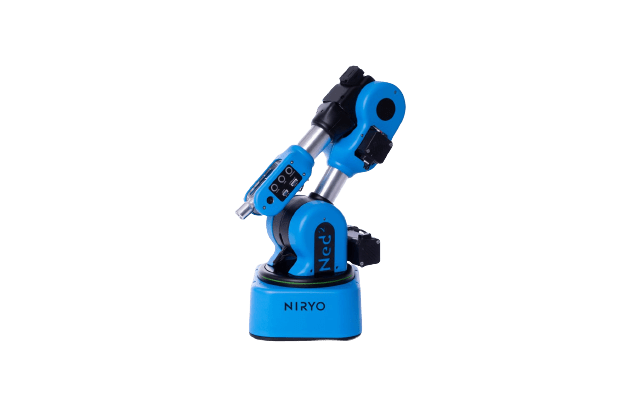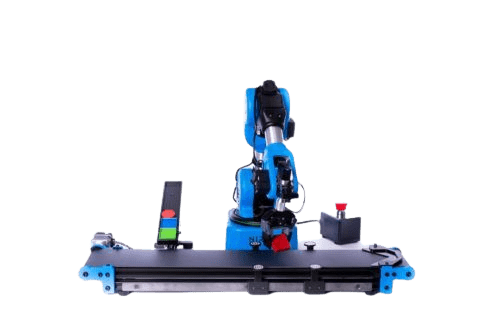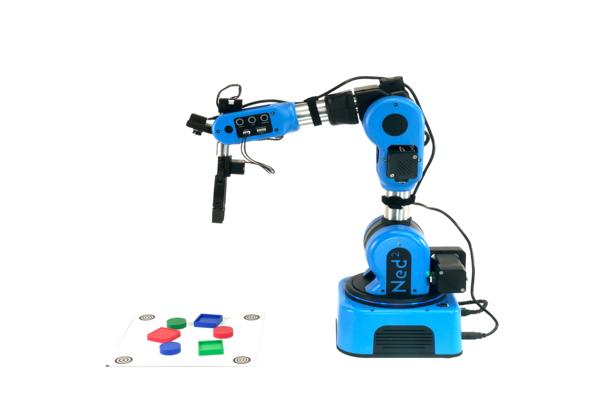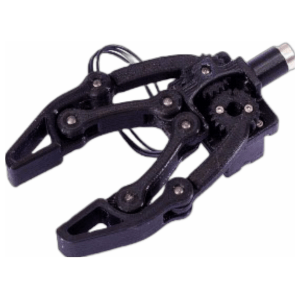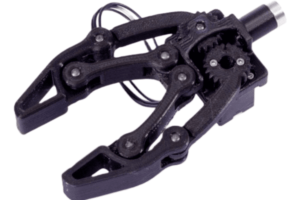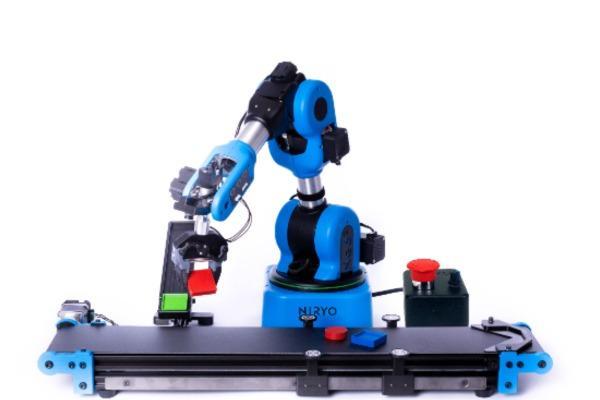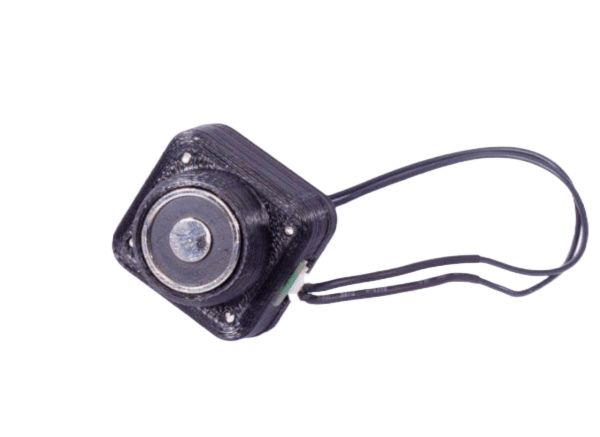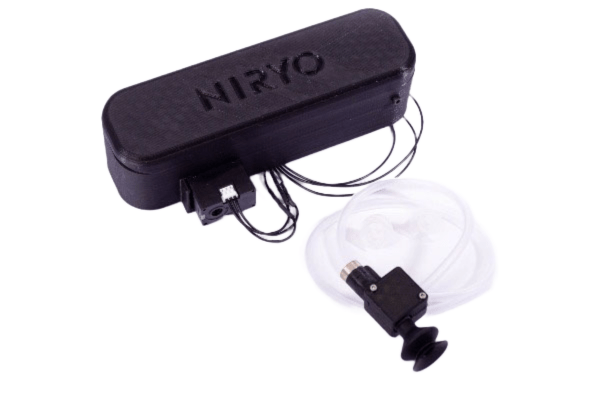Ned2
Ned2 is a 6-axis collaborative robot designed for Education, Research, and Industry 4.0 that uses open-source technologies to prototype and learn.
Conception:
With the same aluminum frame as Ned, Ned2 will continue to meet your needs for robustness, precision (0.5 mm), and repeatability (0.5 mm).
This robot makes advantage of the Raspberry Pi 4’s capabilities, which include a 64-bit ARM V8 high-performance processor, 4 GB of RAM, and improved connection.
Ned2 is a collaborative robot that runs Ubuntu 18.04 and ROS (Robot Operating System) Melodic, an open-source robotics solution. Ned 2 benefits from different libraries via ROS, allowing you to create a wide range of programs, from the most basic to the most complex, and then respond to your demands in a flexible manner.
Ned2 is open-source, allowing you to build without constraints and implement use cases that meet your own requirements.Control Ned2 via our Python and Modbus APIs, or dive into the heart of the robot by developing your own ROS nodes in Python or C++.For your various projects, create novel ways to control Ned2.
Ecosystem:
- A Conveyor Belt, allowing you to set up processes that reproduce industrial production lines.
- A Vision Set allowing the robot to perform tasks based on image processing and artificial intelligence, thus meeting the challenges raised by Industry 4.0.
Tools:
- 2 different grippers (one large and one adaptive ),
- a vacuum pump
- an elecromagnet
Uses:
- Bring your varied collaborative robotics ideas to life with Ned2, whether you’re a student, an engineer, or a researcher.
- Niryo Studio allows you to learn robotics programming at your own pace using a visual and intuitive Blockly-based interface.
- Create a large number of projects in the simplest method feasible.
With our Vision Set, which contains a camera and tools for creating workspaces for your Robot, you can perform advanced operations based on artificial intelligence and picture recognition. - Implement comprehensive Industry 4.0 operations, such as Pick & Place processes, in a concrete and practical way using our Conveyor Belt and associated Niryo components.
- Ned2 is open-source, allowing you to build without constraints and implement use cases that match your own requirements.
How control Ned?
- Using the control panel on the robot’s wrist, move your robot’s arm with your fingertips using the “Freemotion” mode.
- Use Niryo Studio, our visual and intuitive programming interface based on Blockly, and create your programs by selecting multiple blocks.
- With its digital inputs and outputs, control Ned2 with an Arduino board or a Raspberry Pi.
Control Ned2 via our Python and Modbus APIs, or dive into the heart of the robot by developing your own ROS nodes in Python or C++. Develop new ways to control Ned2 for your different projects.
| Specification | Value |
| Number of axis | 6 |
| Weight | 7 kg |
| Payload | 300 g |
| Max Reach | 440 mm |
| Precision | +- 0,5 mm |
| Repeatability | +- 0,5 mm |
| Power Supply | 12 Volts / 7A |
| Communication | Ethernet 1 Gb/s WIFI 2,4GHz & 5GHz – 802.11 g/g/n/ac – (~31 dBm, <80dBm) USB 2.0 and 3.0 |
| Interface/Programming | Windows/MacOS/Linux (desktop application) & APIs |
| Power consumption | ~ 60 W |
| Materials | Aluminum, PLA (3D printing) |
| Ports | 1 Ethernet + 2 USB 3.0 + 2 USB 2.0 |
| Human-Machine interface |
3 control buttons (‘‘FreeMotion’’ button, button to save a pose and ‘‘Custom’’ button)
LED Ring Speakers Microphone |
| Collision detection sensor | Magnetic sensor (on motor) |

